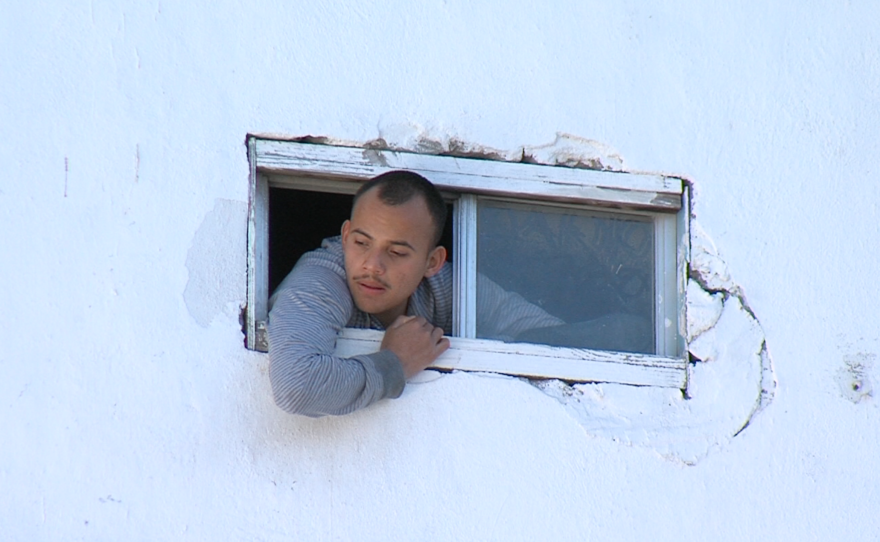
Hundreds of people who were living in makeshift homes in a Tijuana river canal are now in rehabilitation centers across the city. Most were deportees who turned to methamphetamine and heroin after losing hope of returning to the U.S.
The city government ordered their removal and rehabilitation en masse when heavy rains created dangerous floods in the canal about a month ago. Roughly 600 people were put into 12 rehabilitation centers during the storm, according to the mayor’s office. Officials had previously recruited 300 people for treatment. The federal government is sending funds and medical personnel from Mexico City to help the city government.
The unprecedented move is Tijuana’s latest response to its drug addiction problem, which government data shows is the worst in Mexico. Around 20 percent of residents in the city report using illegal drugs at some point in their lives. Substance abuse here has been fueled by a wave of U.S. deportations focusing on migrants who commit crimes, including drug violations.
Tijuana Mayor Jorge Astiazarán said his background in internal medicine motivated him to seek treatment for the people in the drainage canal’s encampment, known as El Bordo — Spanglish for border.
“Addictions are like diabetes or cancer,” he said at a news conference at Universidad Xochicalco, a college in Tijuana. “It’s an incurable disease, but it can be controlled.”
The canal is now empty of residents. Police and military vehicles drive back and forth, monitoring the area to make sure no one returns.
Officials say the presence of the drainage canal residents was hurting tourism and other businesses along the border. They say most were committing crimes such as theft and robbery to buy drugs.
“More than 95 percent of them broke laws to maintain their addictions,” said Marlon Marco Tapia Valdez, director of the Municipal Anti-Addiction Institute, which oversees local rehabilitation centers.
Government officials say they hope visitors will now feel safer when they cross the bridges over the canal.
The costs of rehabilitation amount to the equivalent of about $100 per patient per day, said Maria del Rosario Lozada, coordinator of Mejora, the official program coordinating treatment for El Bordo residents.
She said the government plans to keep patients in the rehabilitation centers for up to six months. That means it could cost $16.2 million to treat 900 people. Lozada said the federal government will help with the cost, but that it's still being worked out.
One woman's journey
Venus Saiza Cruz is one of about 30 women who was sent from El Bordo to El Cirad, a woman’s rehabilitation center in Tijuana.
Saiza said she agreed to enter treatment because she was desperate for a comfortable place to sleep and eat. But she said her main incentive was her desire to reunite with her 9-month-old daughter, Juanita, born premature under a bridge by the canal. Saiza said Juanita was so small when she was born, she could hold her in one hand.
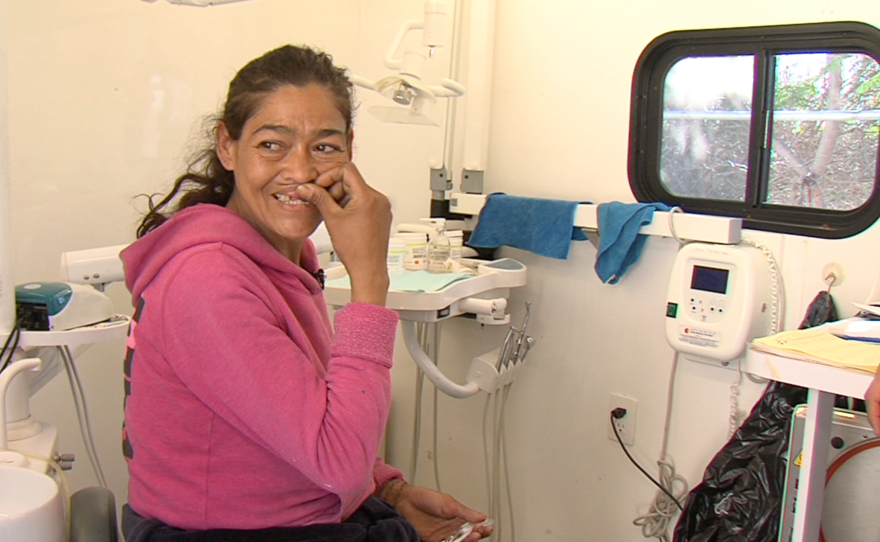
Saiza’s sister-in-law agreed to take care of the newborn because Saiza could not. She was still using heroin and methamphetamine. But the 39-year-old has been clean for more than a month at El Cirad and hopes to find work after she is released.
“If my baby fought to live when she was born, why can’t I?" she said. “I mean, God brought us here for a reason.”
Saiza was anemic and so malnourished when she arrived she couldn’t walk by herself. A mobile hospital sent by the federal government provided her with medical services. A dentist removed two of her back molars. Saiza was already missing her front teeth because her methamphetamine use ate them away.
Three mobile hospitals with medical and dental experts visit three centers a week. More are expected soon. They check patients for tuberculosis, HIV, Hepatitis C and other health problems.
“There are people who thought I was going to die,” she said.
Quality of care in treatment centers
Global health experts are worried about the quality and humaneness of treatment at Tijuana rehabilitation centers.
Few of the centers have psychiatrists on staff. Lozada of Mejora said the government is prioritizing medical emergencies and plans to bring in mental health professionals in the future.
“If we don’t attend to them medically, we can’t attend to them emotionally,” she said.
Most of the Tijuana centers also lack methadone, an opiate used to wean people off of heroin safely. Saiza had not received methadone at El Cirad when KPBS visited.
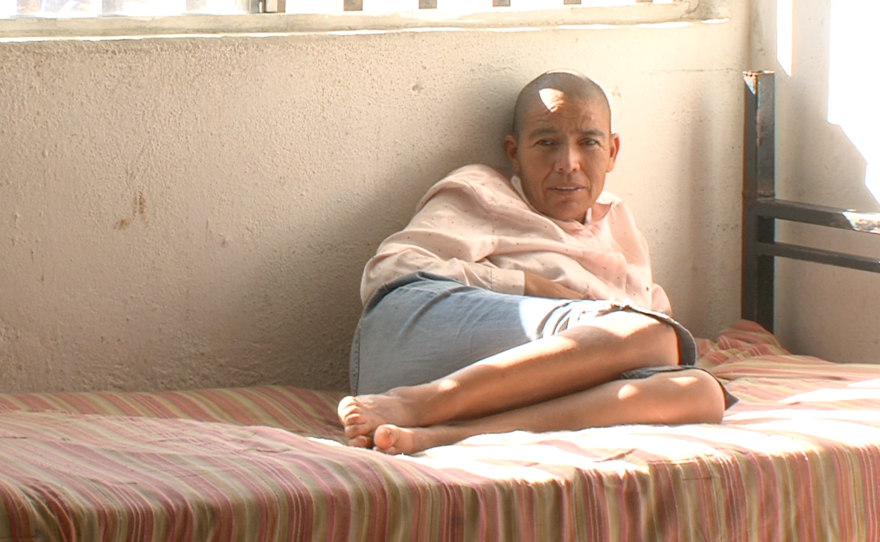
“Whether you can force people to enter drug treatment and not provide them with methadone … that to me is an open question,” said Steffanie Strathdee, director of the Global Health Initiative at the University of California, San Diego. She and her team have been studying El Bordo’s population for about a decade.
Strathdee said other methods of treatment for heroin addictions, such as forced abstinence, have proven ineffective. The United Nations called for the closing of all compulsory drug detention centers in 2012.
In 2010, Mexico passed a new law partially decriminalizing the possession of small quantities of drugs. Federal officials planned to scale-up the use of methadone across the country. “That has yet to happen,” Strathdee said.
She said if individuals abstain from using heroin without opiate substitution therapy, their risk of overdose increases because they have lost heroin tolerance but may use the same dose as before.
Tijuana officials say they plan to help residents return to their cities of origin once they recover. But many haven't seen those cities since they were infants and don't know anyone there. Some come from remote rural areas without the infrastructure to deal with mental health and drug addiction problems.
Oscar Torres, director of the migrant shelter Desayunador Salesiano, said Tijuana doesn't have the resources either. He said he is worried about what will happen to patients when they are released.
"The question is — and afterward?" he said. "If they don’t have a place to go, a social platform to receive them, surely they’re going to go back to the same situation.”
Legal questions about mandatory treatment
Mexican lawyers say all of this operates in a legal gray area. The Mexican federal law regulating the treatment of drug addictions states that entry and stay at rehabilitation centers must be “strictly voluntary.”
According to a recent study by Cupidh, the Collective for Integral Drug Policies, only one of every four rehabilitation centers in Mexico meet the requirements of the law.
Daniel Solorio, a constitutional rights professor at the Universad Autónoma de Baja California in Mexicali, said only a judge can order people into treatment without their consent. Otherwise, he said, it’s unconstitutional.
“No other official has the right to commit someone to a rehabilitation center,” Solorio said.
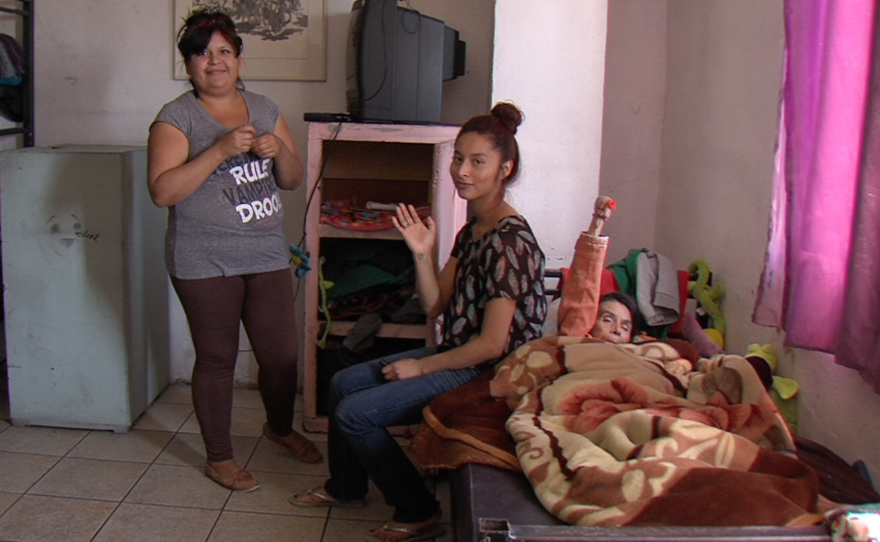
The only exception is when an addict’s family consents to the commitment.
Tijuana officials admit many of El Bordo residents didn’t want help.
“Generally, any drug user will reject help. They’ll never accept they need help,” said Lozada of Mejora.
Even some of those who wanted to get treatment were desperate to leave when they started having withdrawal symptoms.
Recovering addict moving forward
Ricardo Lugo, 44, volunteered to go to the rehabilitation center El Mezón from El Bordo. But when he went cold turkey off heroin and methamphetamine, he almost changed his mind.
“When you arrive here, you’re like, I want to leave!” he said, when talking about his detox, which did not include methadone. “I want to leave! Get me out of here! But it’s a process.”
Lugo lived in California for 14 years before he was deported for a drunken driving arrest. A sculptor, he has a wife and six children in the U.S.
At the rehabilitation center, Lugo chiseled a piece of concrete into the shape of a skull, with deep eye sockets and bared teeth. As he worked, he remembered seeing Mexico for the first time in years after being deported.
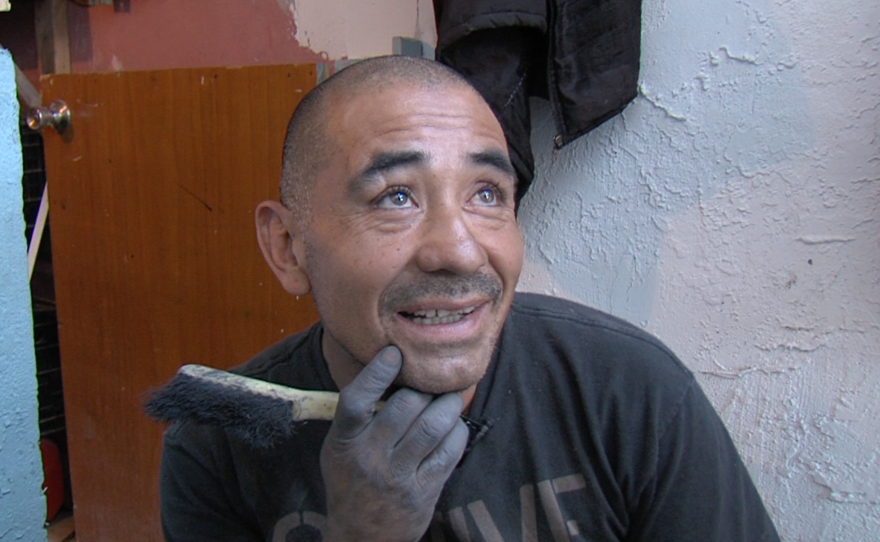
“It’s such a drastic change when you arrive here and,” he paused, scrunching up his face, “this is my country. Welcome to my country. I think the first thing you see crossing the bridge is El Bordo and you go, wow. After a few months, I was down there.”
He said the separation from his family was too much to bear. He was accustomed to a crowded, noisy house. Once back in Tijuana, he found himself alone in an alien city. He started using heroin and methamphetamine to numb himself.
Now that his body has detoxified, Lugo said he wants to stay at the rehabilitation center as long as he can. Patients exercise, read, learn crafts, attend lectures on criminal behavior and help clean the center. He said the activities keep his mind busy and off of drugs.
He said he had lost hope of seeing his children again when he was living in El Bordo. Now that he’s clean, he hopes his children will come visit him.
This report is part of KPBS's Fronteras Project, a regional news collaborative that produces reports on the changing culture and demographics of the American West and Southwest. Fronteras reporting is made possible by a grant from the Corporation for Public Broadcasting.






